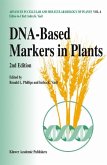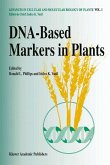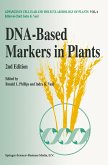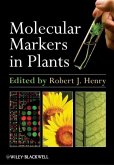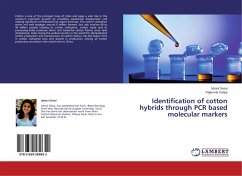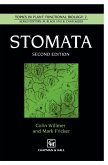Until very recently genetic maps of higher plants were based almost entirely on morphological and biochemical traits. These maps are rapidly being replaced and/or supplemented with DNA-based marker maps based on the use of powerful new molecular techniques.
The new high precision maps can be developed with comparative ease and rapidity. They have a much higher density of markers, which allows revelation of more and more restricted segments of the genome. One of the many revolutionary aspects of this technology is that linkage between molecular markers and traits of interest often can be detected in a single cross. The ability to hybridize probe after probe to the DNA of the same individuals of a segregating population allows one to pursue the analysis until linkage becomes evident. With morphological and biochemical markers used previously, a separate cross was required to test linkage with each new marker. It was seldom that more than three markers could be tested for linkage with the trait of interest in a single cross because of viability problems. With the new techniques described in this volume, a new gene could be placed on the linkage map within a few days instead of the much longer time required with the previous techniques.
In this book, a group of leading researchers provide background information and the latest versions of DNA-based marker maps for a variety of important crops. These maps illustrate the state of the art today. The progress made during the past five years has been truly phenomenal.
The new high precision maps can be developed with comparative ease and rapidity. They have a much higher density of markers, which allows revelation of more and more restricted segments of the genome. One of the many revolutionary aspects of this technology is that linkage between molecular markers and traits of interest often can be detected in a single cross. The ability to hybridize probe after probe to the DNA of the same individuals of a segregating population allows one to pursue the analysis until linkage becomes evident. With morphological and biochemical markers used previously, a separate cross was required to test linkage with each new marker. It was seldom that more than three markers could be tested for linkage with the trait of interest in a single cross because of viability problems. With the new techniques described in this volume, a new gene could be placed on the linkage map within a few days instead of the much longer time required with the previous techniques.
In this book, a group of leading researchers provide background information and the latest versions of DNA-based marker maps for a variety of important crops. These maps illustrate the state of the art today. The progress made during the past five years has been truly phenomenal.


